Discover 11 hidden attractions, cool sights, and unusual things to do in Northfield (United States). Don't miss out on these must-see attractions: Goodsell Observatory, Northfield Public Library, and Skinner Memorial Chapel. Also, be sure to include All Saints Church-Episcopal in your itinerary.
Below, you can find the list of the most amazing places you should visit in Northfield (Minnesota).
Table of Contents
Goodsell Observatory
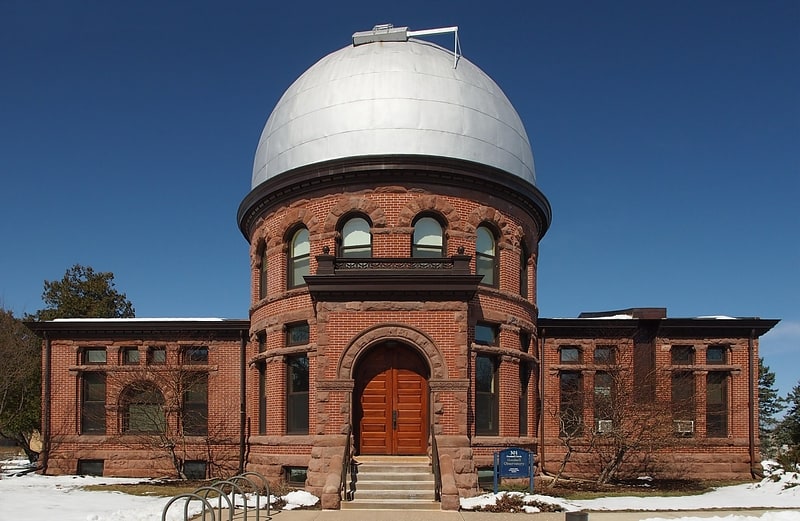
Observatory in Northfield, Minnesota. Goodsell Observatory is an observatory at Carleton College in Northfield, Minnesota, United States. It was constructed in 1887 and was, at the time, the largest observatory in the state of Minnesota. The Goodsell Observatory and its predecessor, a smaller observatory that opened in 1878, served as a widely consulted timekeeping station, bringing national prominence to Carleton College in the late 19th and early 20th centuries.
Goodsell Observatory was listed on the National Register of Historic Places in 1975 for its national significance in the themes of architecture, communications, education, engineering, literature, and science. It was nominated for being one of the nation's few intact 19th-century observatories (complete with a large collection of vintage scientific equipment); and for its critical timekeeping service, its association with scientific literature (founder William W. Payne also founded the journal Popular Astronomy), its fine Romanesque Revival architecture, and continuous use as a teaching facility. While the telescope sees use in astronomy classes, the building houses offices and a classroom used by Carleton's linguistics and environmental studies departments.[1]
Northfield Public Library

Public library in Northfield, Minnesota. The Northfield Public Library is a public library in Northfield, Minnesota. It is a member of Southeastern Libraries Cooperating, of the Southeast Minnesota library region. The Carnegie Library was built in 1910 with a major addition built in 1985. The library was renovated from 2015 to 2016, with library services moving temporarily to City Hall during that time. The library reopened in its original location on Saturday, May 7, 2016.[2]
Address: 210 Washington Street, Northfield
Skinner Memorial Chapel
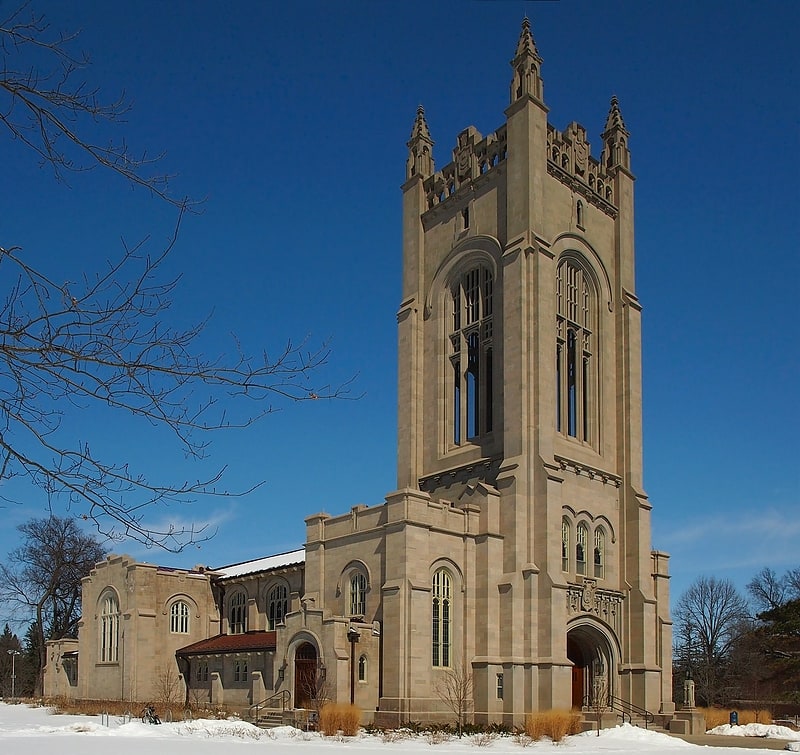
Chapel in Northfield, Minnesota. Skinner Memorial Chapel is a chapel and historic building on the campus of Carleton College in Northfield, Minnesota, United States. It is listed on the National Register of Historic Places.
The chapel was built in 1916, fifty years after Carleton College was founded, and was financed by a gift from Emily Willey Skinner. Her husband, Miron Skinner, had been a trustee of the college until his death in 1909. The chapel was designed by the firm of Patton, Holmes, and Flinn, who had organized an architectural plan for the college and designed eight other buildings. The chapel is of English Gothic Revival design, with a Latin cross shape and a tall bell tower. The interior has a dark wood ceiling with dark beams.
It hosts services from a variety of religious traditions as well as weekly Carleton functions.[3]
Address: 405 1st Street E, Northfield
All Saints Church-Episcopal
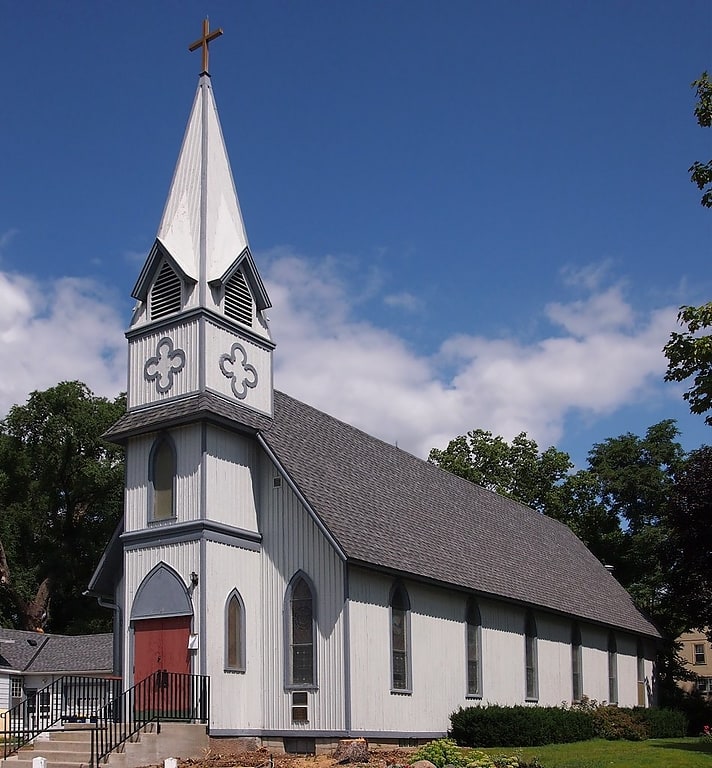
Building in Northfield, Minnesota. All Saints Episcopal Church in Northfield, Minnesota, United States, is a historic church listed on the National Register of Historic Places and the oldest church in Northfield.[4]
Address: 419 Washington St, 55057-2028 Northfield
The Cave

Music hall in Northfield, Minnesota. The Cave is a student-led music and entertainment venue, located at Carleton College. It is a favorite gathering place for students at Carleton College and is one of a limited number of music venues in Northfield, Minnesota. Founded in 1927, it is the oldest student-run pub in America and is housed on the lowest level of the Margaret Evans residence hall.
The Cave has undergone many transformations over the decades: from lounge, to cabaret-style theater, to game room and finally, a music venue. The Cave stopped serving alcohol in 2013, although of-age students can bring their own alcohol.
The Cave is open Tuesday-Saturday for Carleton students during the academic term. There are typically several shows each week, most often on Friday and Saturday nights. A Carleton College ID card is usually required for entry, but there are sometimes shows that are open to the public.[5]
Address: Carleton College, 55057 Northfield
Scoville Memorial Library
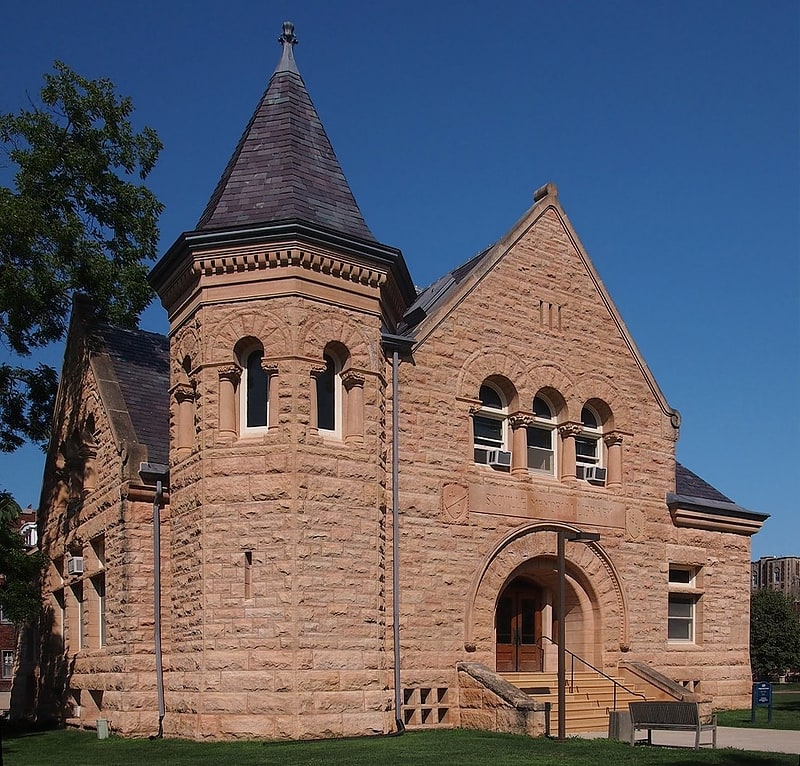
Scoville Memorial Library is a historic building on the campus of Carleton College in Northfield, Minnesota, United States. It is listed on the National Register of Historic Places. It was the college's library until the current library was built in the 1950s. Until 2016 it housed several student support organizations and the Cinema and Media Studies department. Currently the building is under intensive renovations and will soon house the Admissions and Financial Aid offices.
It was built in 1896 and listed on the National Register of Historic Places (NRHP) in 1982.
The construction of this library "completed the historic core of buildings" on the Carleton College campus. Also NRHP-listed on the campus are Willis Hall, built 1868–72, and Goodsell Observatory, built 1887.[6]
Address: 100 S College St, 55057-4002 Northfield
St. Olaf College

Liberal arts college in Northfield, Minnesota. St. Olaf College is a private liberal arts college in Northfield, Minnesota. The school was founded in 1874 by a group of Norwegian-American pastors and farmers led by Pastor Bernt Julius Muus. The college is named after the King and the Patron Saint Olaf II of Norway and is affiliated with the Evangelical Lutheran Church in America. The college was visited by King Olav in 1987 and King Harald V and Queen Sonja of Norway in 2011.
As of 2017, the college enrolled 3,035 undergraduate students and 256 faculty. The campus, including its 325-acre natural lands, lies 2 miles west of the city of Northfield, Minnesota; Northfield is also the home of its neighbor and friendly rival Carleton College. Between 1995 and 2020, 154 St. Olaf graduates were named Fulbright Scholars and 35 received Goldwater Scholarships. Of the nation's baccalaureate colleges, St. Olaf ranks 12th in the number of graduates who have gone on to earn doctorate degrees.[7]
Address: 1520 Saint Olaf Ave, Northfield
Carleton College

Liberal arts college in Northfield, Minnesota. Carleton College is a private liberal arts college in Northfield, Minnesota. Founded in 1866, it had 2,105 undergraduate students and 269 faculty members in fall 2016. The 200-acre main campus is between Northfield and the 800-acre Cowling Arboretum, which became part of the campus in the 1920s.
Admissions is highly selective with an acceptance rate of 17.5% in 2021, and Carleton is annually ranked near the top in most rankings of liberal arts schools. Carleton is particularly renowned for its undergraduate teaching, having been ranked #1 in Undergraduate Teaching by U.S. News & World Report for several years.
Students can choose courses from 33 major programs and 31 minor programs and have the option to design their own major. Carleton's varsity sports compete at the NCAA Division III level in the Minnesota Intercollegiate Athletic Conference. Carleton is also known for its Division 1 Ultimate Frisbee teams, which have won multiple national championships.
Among liberal arts colleges, Carleton is one of the highest sources of undergraduate students pursuing doctorates per one hundred students, and from 2000 through 2016, students and alumni of the college have included 122 National Science Foundation Graduate Fellows, 112 Fulbright Scholars, 22 Watson Fellows, 20 NCAA Postgraduate Scholars, 13 Goldwater Scholars, and 2 Rhodes Scholars.[8]
Address: 1 North College Street, Northfield
Willis Hall

Willis Hall is a historic building on the campus of Carleton College in Northfield, Minnesota, United States. It is listed on the National Register of Historic Places.
Willis Hall was the first building specifically built for the college. The first students started attending classes at the former American House hotel in Northfield in 1867, but the building had some serious mechanical problems. Construction of a new building began in 1868, but construction was slow and halted before the building could be erected due to lack of funds. The president of the college, James W. Strong, traveled to New England in 1870 for a fundraising tour. After Strong was injured in a railroad accident and subsequently recovered from his injuries, benefactor William Carleton donated $50,000 to the college to insure its survival. His wife, Susan Willis Carleton, donated $10,000 to help clear the construction debt of the college's the first permanent building. The building was named Willis Hall in her honor. It was designed in the French Second Empire style by a prominent Minneapolis architecture firm, Alden and Howe. The upper floor was a men's dormitory, the first floor a chapel, and the rest of the building was lecture space and library.
On December 23 1879, a fire ravaged the building, gutting it entirely. It was rebuilt with minor changes to the exterior, as well improvements to the chapel, a new classroom, and a furnace. From 1954 to 1979, Willis officially operated as the campus student union, and it housed the campus bookstore, the post office, a game room, a darkroom, lounges, and the KARL radio station (now known as KRLX). Currently, the building houses the economics department, the education studies department and the department of political science.[9]
Friends of Way Park
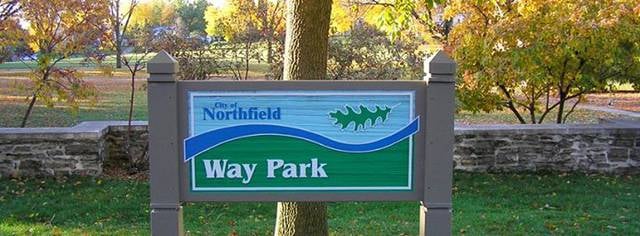
Relax in park, Park
Address: 720 1st St W, Northfield
O. E. Rolvaag House
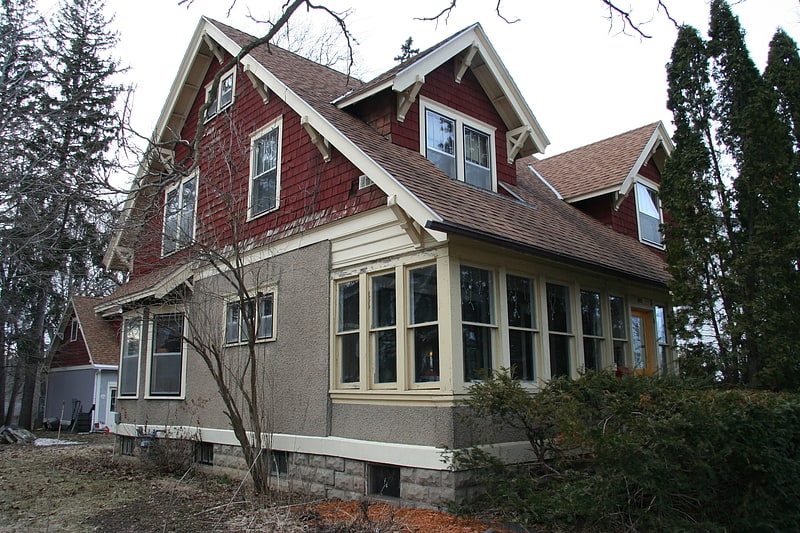
Museum in Northfield, Minnesota. The O. E. Rølvaag House was the home of Ole Edvart Rølvaag, Norwegian-American novelist and professor at St. Olaf College. The home is located at 311 Manitou Street in Northfield, Minnesota, United States. Rølvaag wrote most of his works in this house, which is near St. Olaf College, where he taught.
Rølvaag was born in Norway in 1876, and emigrated to the United States in 1896, settling in South Dakota. He graduated from St. Olaf College in 1905, and got a position there teaching Norwegian and writing. Rølvaag was the first novelist to describe the psychological cost of pioneering on the American frontier. Rølvaag's famous trilogy—Giants in the Earth (1927), Peder Victorious (1928), and Their Father's God (1931)—assesses the adjustments immigrant farmers had to make to prosper in the American Midwest.
The house stands on the west side of Manitou Street, between Greenvale and Summit Avenues, just east of the St. Olaf College campus. It is a 1+1⁄2-story wood-frame structure, with a stuccoed first floor and a clapboarded half story. It has a broad side-gable roof, with a pair of large gable dormers projecting to the front. The eaves of the main roof and dormers are extended, with exposed rafter ends and large brackets in the Craftsman style. The roof extends downward to shelter a now-enclosed porch extending across the front. The house was built for Rølvaag in 1912, and remained his home until his death in 1931. Principal alterations during his occupancy were the enclosing of the front porch, and the development of a garden in the rear. Some of the interior finishes have been preserved, including oak trim in the public spaces downstairs.[10]